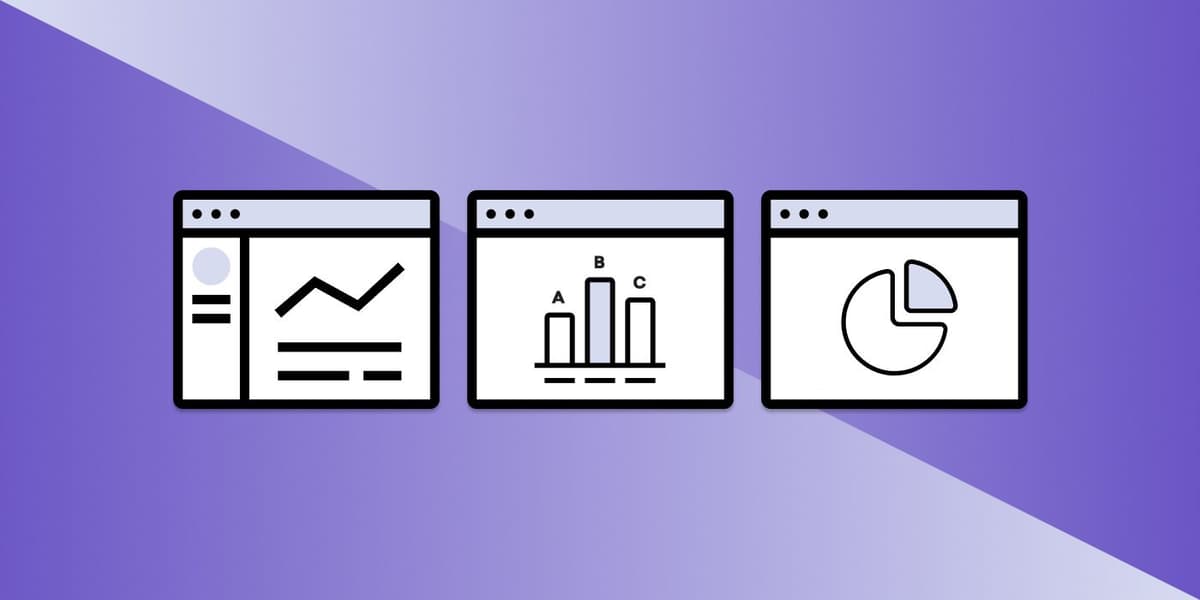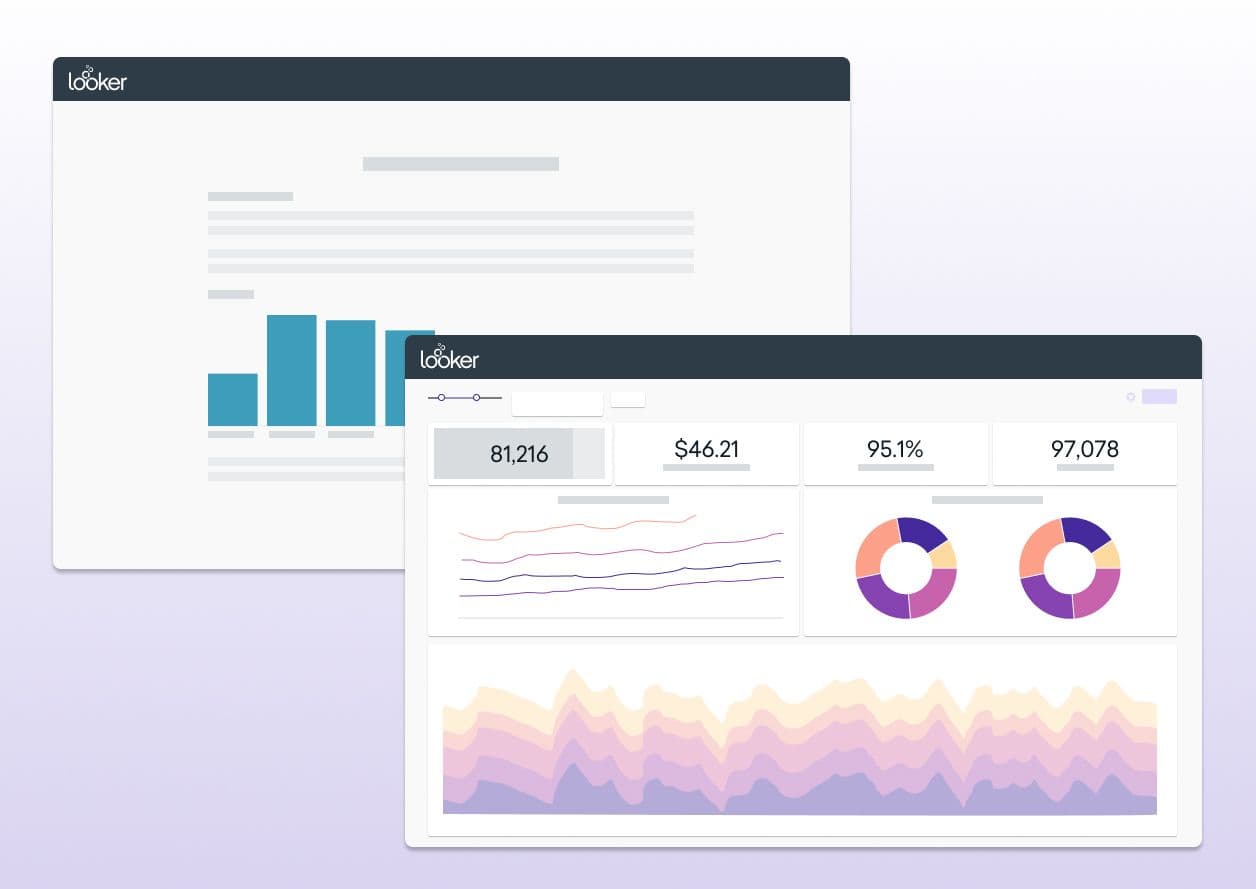What I Learned at Looker Join 2019—And What It Means for Braze and Its Customers
Published on December 17, 2019/Last edited on December 17, 2019/6 min read


Josh Baruch
Business Intelligence Analyst, BrazeAs someone who uses data visualization and analytics platform Looker on a daily basis and as a champion for the platform in my role on the Growth team at Braze, I was thrilled to have the opportunity to attend this year’s edition of Looker’s JOIN conference. I went into the experience with two big goals in mind: To learn new ways to think about and leverage Looker, and to highlight the work we’ve done at Braze to partner with Looker while meeting with other data-focused professionals.
The event ended up being a big success on both fronts. And, having had some time to reflect on everything I saw, I wanted to share my four big takeaways and what they mean for Braze, its customers, and customer engagement as a whole. So let’s dig in!
1. Looker Is Built to Embrace Inventive Approaches and Use Cases
At its core, the Looker platform is intended to make it easier for brands to visualize and understand the data at their disposal. But while most Looker users may well use this technology in relatively simple, predictable ways, it’s also possible to take advantage of the platform’s power and flexibility to support unexpected, innovative use cases.
To help the staff at Looker better understand how their customers are leveraging and building on the platform, the company held its first-ever Looker Hackathon at JOIN 2018. According to Looker’s Scott Sirowy and John Kaster, the hope is that “by attending these hackathons, attendees get more enjoyment and benefit out of using Looker and that everyone is able to learn more about the Looker API and all the powerful integrations and customizations that can be built on Looker.”

The company continued the tradition at JOIN 2019—and, as it happens, I found myself on this year’s winning team. Team Keboola & Friends (I was one of the “friends”) won for their analysis of the JOIN 2019 marketing campaign, which used Looker to investigate whether sponsor marketing performed better than non-sponsor marketing.
2. Some Exciting Things Are Coming with Looker 7
While I’m a big Looker advocate, one constraint I’ve run into in the past with Looker dashboards are their rigidity—that is, the grid layout doesn’t always present information in a neat (or ideal) way. With that in mind, one of the most exciting things about JOIN was the opportunity to check out the new features that are rolling out with Looker 7, the company’s latest major platform release, and how they’re reimagining those dashboards.
With Looker 7’s new capabilities, I’m excited to be able to break the bounds of the grid and create layouts that direct the user’s attention more intentionally. Plus, this update makes it possible to supplement visualization with text that looks presentational, instead of just informational; that opens up new opportunities to surface data from Looker effectively.
3. Looker Is a Visualization Layer—but It Can Also Be an Application Layer
While Looker is known for its data visualization capabilities, I came away from this year’s JOIN with a new appreciation for the Looker platform’s ability to serve as an application layer by pushing data wherever its users need it.
Seeing how other companies are leveraging Looker to generate data and pass it into other systems really changed my point of view. Slack, for instance, showed off a really neat use case where they leveraged a bot that Success managers can use to generate a slide deck for a given client. With a single Slack command, you can call on Looker to generate visualizations and then pass them right into a Google Sheets deck (including text insights)...and then deliver that deck back to you via Slack.
At Braze, we’ve already started working on implementing this solution in connection with our email deliverability decks. Our deliverability specialists need to be able to generate meaningful presentations on a given customer’s SendGrid performance—so we’re using Looker as a gateway to the data, and ensuring that it’s delivered in a ready-to-present format. One benefit of leveraging Looker this way? If the model or the Look being used changes, we can edit it inside the Looker platform without breaking the whole process.
Another integration I saw at JOIN uses Looker to pass daily metrics into dedicated Slack channels, making it easier to surface relevant information to people who may not spend their days digging into data. At the conference, Slack highlighted the benefits of making these sorts of metrics visible to a wider audience via chat—for one thing, it serves as a meaningful conversation starter.
For our part, Braze is excited to explore ways to take these new approaches and use cases and leverage them to add efficiency to our organization. By thinking about Looker as a tool capable of supporting the movement of data between systems, rather than simply as a visualization platform, it’s possible to more easily democratize data access and reduce time to insight through our organization—and potentially yours, too.
4. The Braze/Looker Partnership Is Best in Class—And We’ve Got the Award to Prove it
Over the past decade, we’ve seen the center of gravity in the customer engagement space move from all-in-one marketing clouds to an increased emphasis on brands creating their own built-for-purpose marketing stacks. That change has made effective integrations between different technologies an essential part of the equation for marketing, growth, and engagement teams looking to meet their business goals.
At Braze, that shifting landscape inspired us to make a point of ensuring that our customer engagement platform is capable of working in concert effectively with complementary best-in-class solutions like customer data platforms (CDPs), analytics solutions, data warehouses, and more. In particular, over the past year we’ve taken a number of steps to make it easier for Braze customers to leverage Braze and Looker together, including:
- Launching Looker Blocks to make it easier to visualize user engagement, message engagement, and marketing pressure data.
- Introducing Braze support for the Looker Action Hub.
- Taking advantage of Looker and Snowflake to surface industry metrics for different messaging channels via Braze Benchmarks.
At JOIN 2019, these efforts paid off in a big way when Braze was chosen as this year’s recipient of Looker’s Best Platform Solution award. The recognition not only speaks to what my team has accomplished here at Braze, but also the work that’s gone into partnering productively with Looker to support brands and their customer engagement needs.
Final Thoughts
Having the chance to attend Looker JOIN was a valuable, eye-opening experience that helped highlight to me both the depth of the Braze–Looker partnership, but also how much opportunity is still out there when it comes to leveraging Looker to more effectively surface data within Braze and to our clients. I, for one, can’t wait to see where Braze and Looker take things between now and next year’s conference.
Interested in learning more about how companies are using Braze and Looker together effectively? Check out our article on food delivery brand Deliveroo and how they used Braze Currents and Looker to democratize data access within their organization.
If you interested in joining Braze, check out our open roles here!
Be Absolutely Engaging.™
Sign up for regular updates from Braze.
Related Content
View the Blog
The new inbox reality: How iOS changes are reshaping email marketing

Aparna Prasad

Experience optimization: Turning data insights into better journeys

Team Braze

December 2025 Bonfire Marketer of the Month: Jagex’s Emma Oliver
